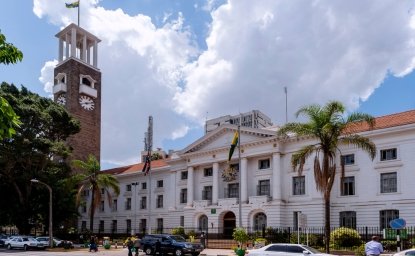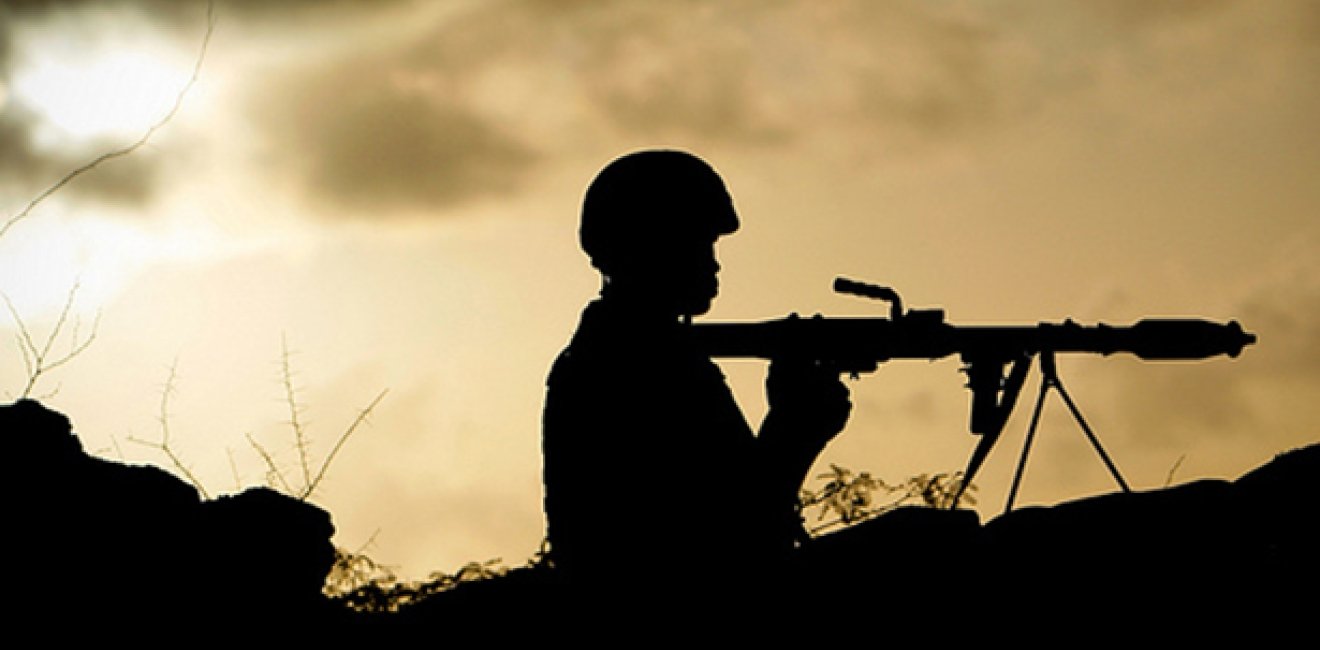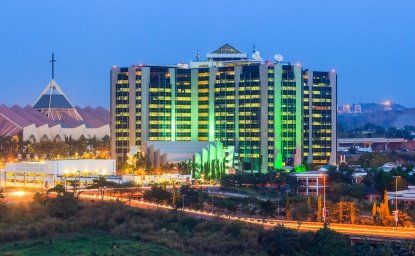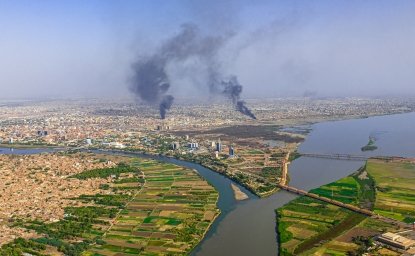
A blog of the Africa Program
The integration of the Somali armed forces is a critical component to state-building in Somalia. For an effective and credible national army to be fully realized, integration must go beyond simply bringing the forces together under the de facto control of the central government and must aim to be representative, cohesive and professional. Representation in the national army and police of Somali clans who have a history of fighting each other for the purpose of protecting their own clan or religion is also insufficient. Without simultaneously strengthening cohesion and competencies, the efforts for establishing a legitimate and credible army by the people of Somalia may impede on the complex state-building process. These factors necessitate a deep understanding of the reasons for fragmentation and collapse of the former Somali National Security Forces so as to address the underlying causes.
A Political, Rather than Technical, Process: The Role of the Transitional Federal Government
Experience shows that the goal of integration must be achieved through a political, rather than technical, process. The Transitional Federal Government (TFG), which was established in 2004, developed 2009 and 2011 National Security and Stabilization Plans (NSSP). These plans outlined a policy of integration of allied armed forces into the Somali National Army (SNA) and Somali Police Force (SPF) with the intent of building strong and cohesive security forces. The SNA and SPF are comprised of former regime's officers who have returned to their jobs, former militias integrated into the army, and new recruits trained in various countries.
Since 2004, the army and police forces have suffered from a lack of operational and logistical capabilities. Both forces are staffed by young, inexperienced, and ill-equipped individuals who retain strong loyalty to their respective clans. Other factors include inadequate training and experience, absence of local security officials' and experts' involvement in designing and delivering training, and the use of diverse training approaches of the allied states and international communityrather than one streamlined approach. It is estimated that up to 14,000 members have been trained by Ethiopia, Uganda, and select other countries with different military doctrines, languages, and ideologies, thereby creating misunderstanding among the members of the army. Perceived discrimination against the army and the manipulation of army members and police officers by the politicians from their respective clans worsened the division and defection rates. Moreover, the members of SNA and allied militias are accused of rape and assault, spurring its members to question its legitimacy and credibility. The Somali army, about 25% of which was trained by the Uganda-based European Union Training Mission for Somalia (EUTM), is involved in the African Union Mission in Somalia (AMISOM) to oust Al-shaba'ab and maintain security in liberated areas. At the same time, both AMISOM and Turkey train the Somali police and army. As a result, the doctrinal development and integration of the various militias and professionalism remain a huge challenge for the TFG and SFG.
Cultivating Cohesion Among Many Actors: Top-Down and Bottom-Up Strategies
Integration of armed forces is a complex challenge for the Somali government. It requires political will of local, national, and international actors through trust-building initiatives, sound sustainable dialogue, and active local community participation. In Somalia, the TFG attempted to integrate some of its allied militias into the SNA, such as Alou Sunna Wal Jama'a (ASWJ) and Ras Kamboni Brigade (RKB). The ASWJ and RKB currently control most of the Southern and Southwestern parts of Somalia. ASWJ, one of the active non-state militias fighting against Al-shaba'ab, agreed to integrate its estimated 2,000 members on December 1, 2012, but has not yet taken substantive action. Similarly, the Kenyan-backed RKB, whose members were estimated at 1,000 in 2010, agreed to hand over command and control to the SNA on August 27, 2013, after resisting it for a year. It is difficult to predict when the RKB will integrate with the SNA, despite its agreement. The Alliance for Re-liberation Somalia (ARS) –Djibouti who agreed to join the TFG in 2009, did integrate into the army.
The Somali Compact, which was adopted by the SFG following the 'New Deal for Somalia' in 2013, presents specific priorities drawn from its six-pillar program. Integration of armed forces in the federal security institutions is one of those priorities. Simultaneously, the current Somali Federal Government (SFG) aims to ensure that security forces are moving towards a more unified structure and creating increasingly cohesive entities. SFG leaders hope to build a professional army of 28,000 and 12,000 police officers by 2016. Currently, the size of the SNA and SPF are estimated at 12,000 and 8,000, respectively, with a multitude of problems as mentioned above. Neighbor countries - mainly Ethiopia and Kenya, as states which support and influence these groups - should put pressure on these militias to materialize their commitments to integration. Moreover, lack of cohesion and trust among the members of the army emanates from the distrust among the clans.
Reaching an agreement is difficult, requiring sustained dialogue among central and regional authorities, local communities, and militias to reach a consensus on the future architecture of the SNA. Dialogue between the central government, regions, and local communities should focus on ways to address conflicts among local militias and communities, and aim to integrate armed groups more representatively and inclusively of the Somali people. The alliance established through fighting Al-shaba'ab does not reconcile the animosity among groups and clans. Rather, it is attributable to the pressures from supporters to fight terrorism, protect their own interests, and secure their geographical jurisdiction. Thus, simple integration of these militias into SNA with weak capacity may complicate the problems.
The integration of armed forces into the NSA should be locally led, implementing a bottom-up approach through the involvement of local clan leaders, regional authorities, and members of the militia groups, while simultaneously attracting international support in order to address the underpinning causes for fragmentation of the army, that is, loyalty to clan and mistrust among the clans and within the SFG. The sustainable dialogue among the parties and international community should be directed towards the creation of professional, cohesive, and representative national army and police forces. It is also important to devise alternative sources of living for those who do not fulfill the requirement for integration into the army and police. Therefore, the integration of armed forces must consider this qualitative dimension in order to transform the relationships between the armed forces, regional authorities, and local communities.
Daniel Kebede is a Southern Voices Network African Research Scholar for The Wilson Center's Africa Program. He is currently working on his PhD at the Institute for Peace and Security Studies at the University of Addis Ababa in Ethiopia.
Photo attributed to United Nations Photo via Flickr Commons.
Author
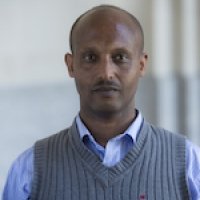
Addis Adaba University

Africa Program
The Africa Program works to address the most critical issues facing Africa and US-Africa relations, build mutually beneficial US-Africa relations, and enhance knowledge and understanding about Africa in the United States. The Program achieves its mission through in-depth research and analyses, public discussion, working groups, and briefings that bring together policymakers, practitioners, and subject matter experts to analyze and offer practical options for tackling key challenges in Africa and in US-Africa relations. Read more

Explore More in Africa Up Close
Browse Africa Up Close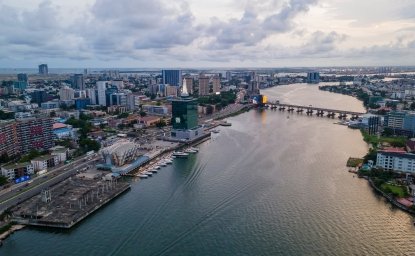
The Innovative Landscape of African Sovereign Wealth Funds
